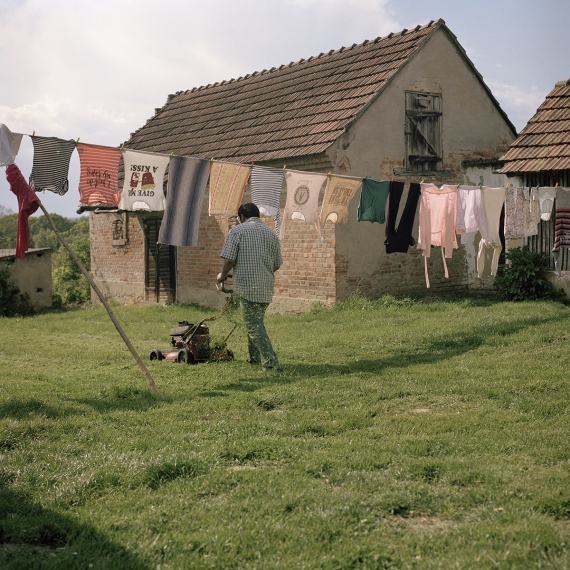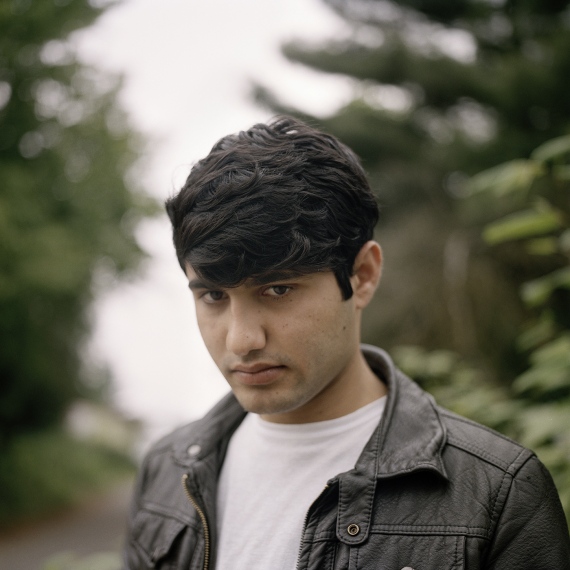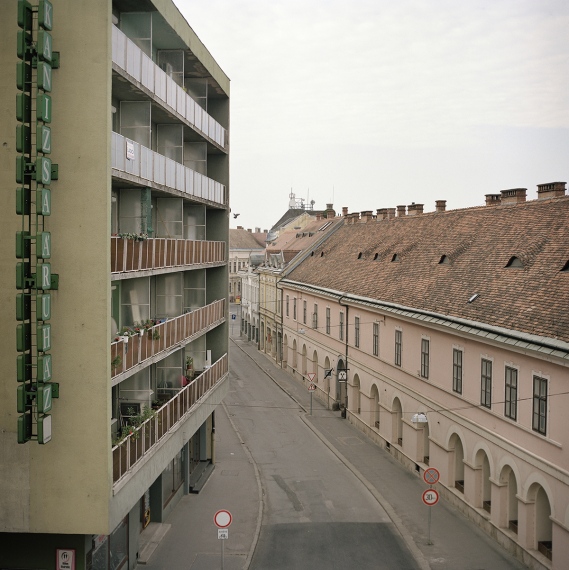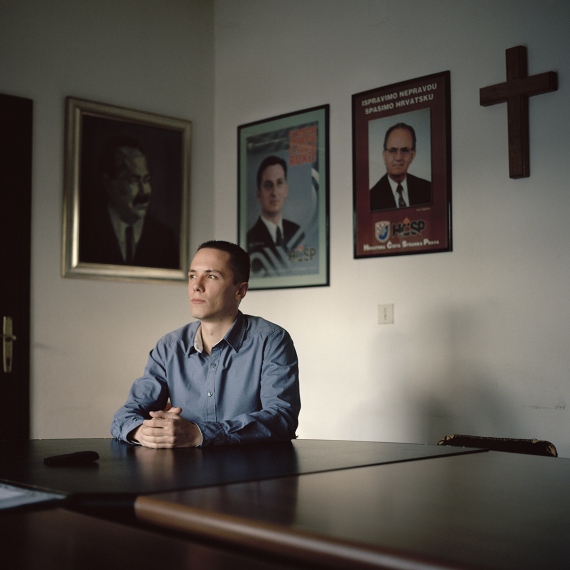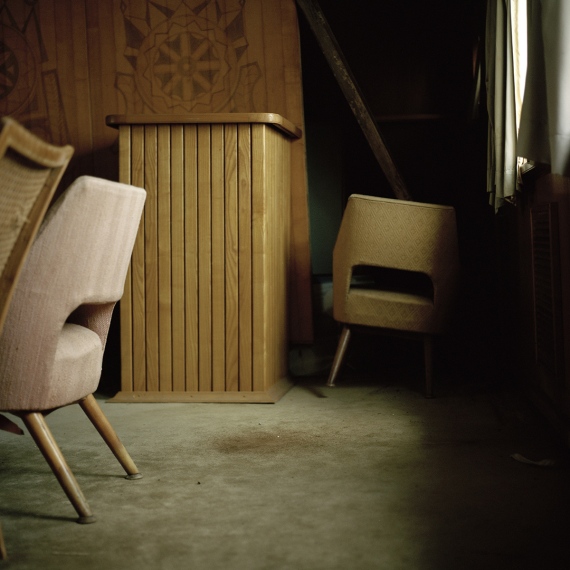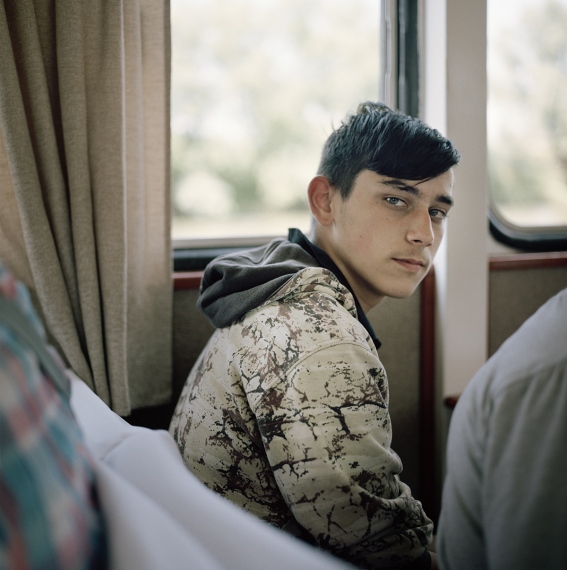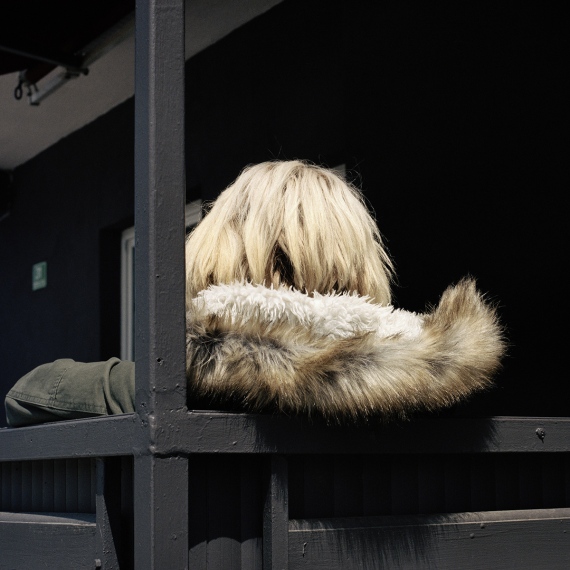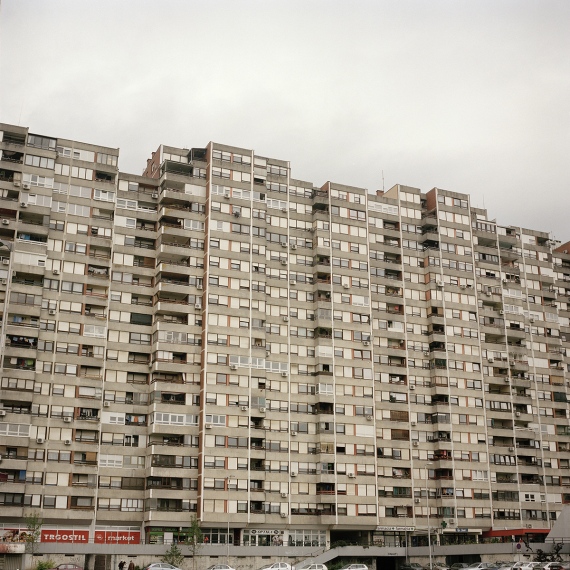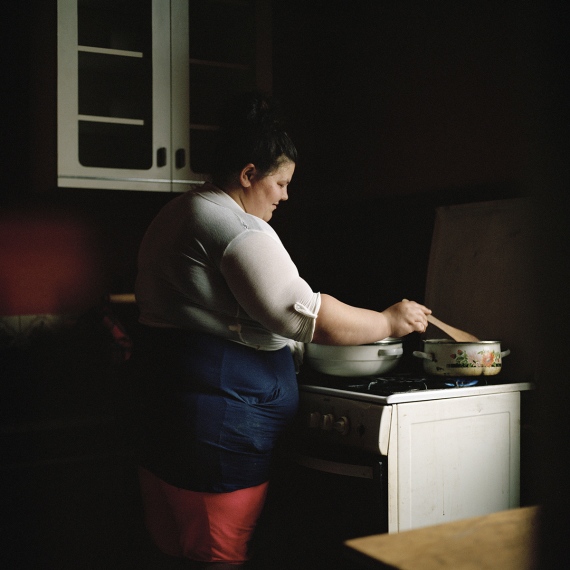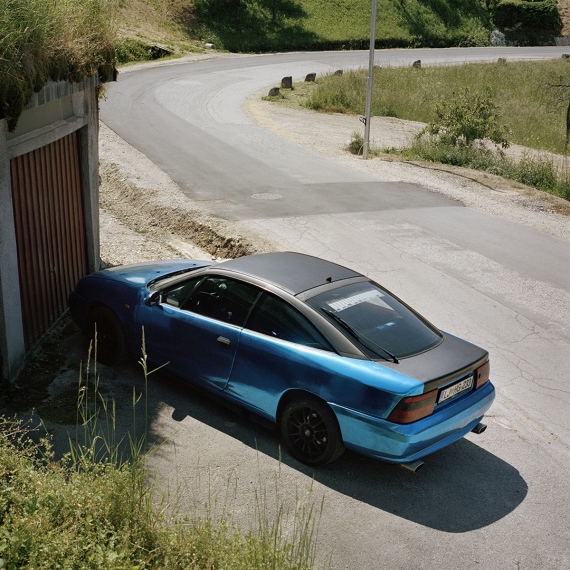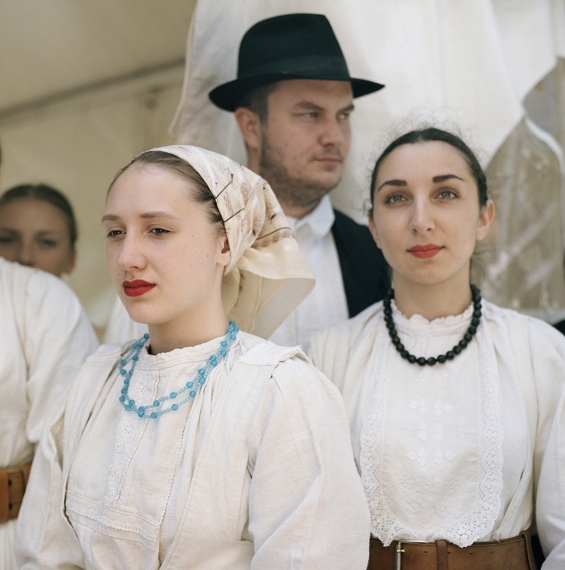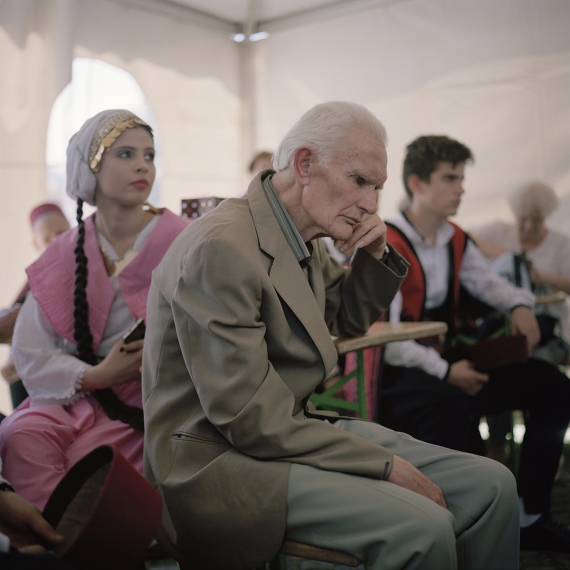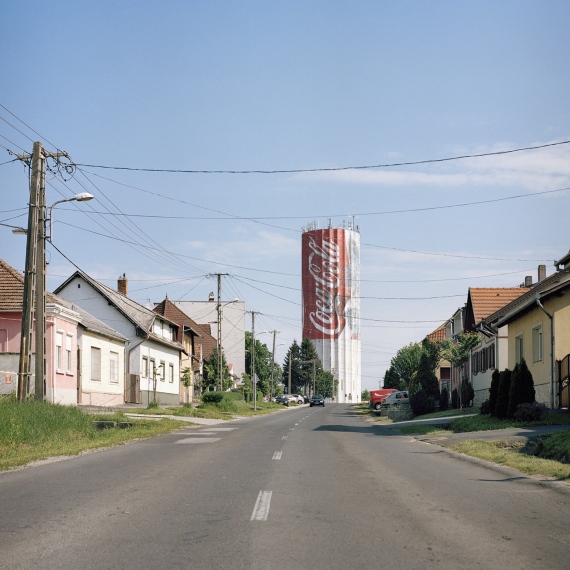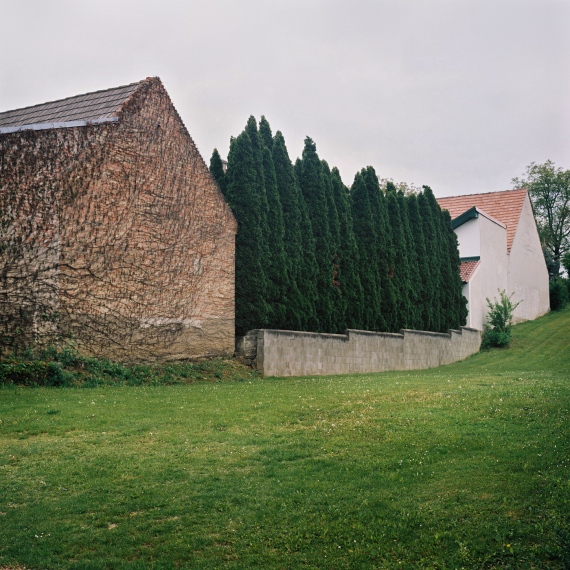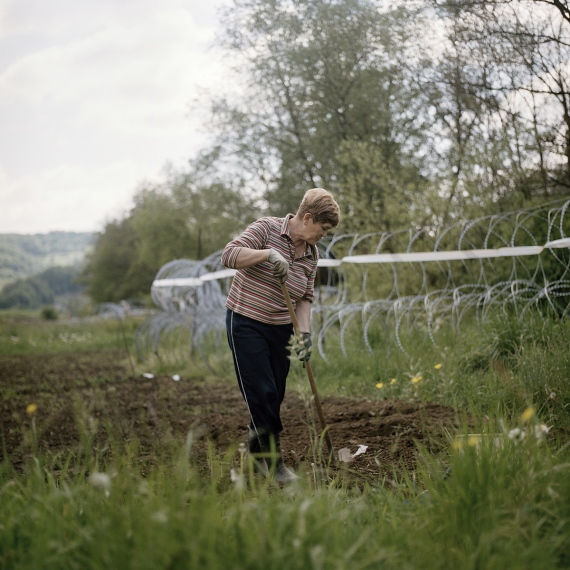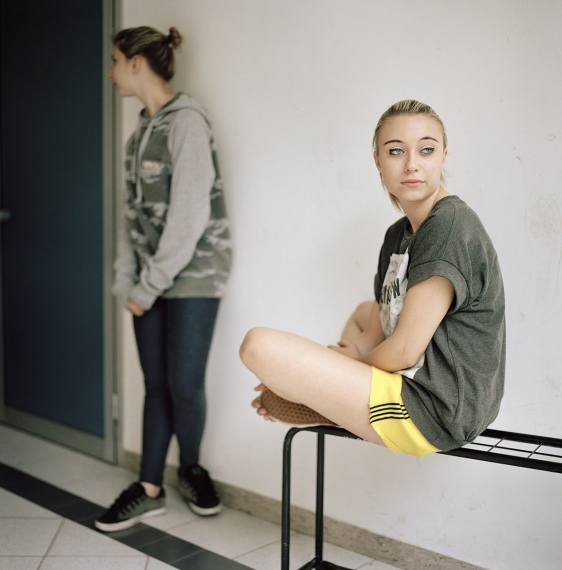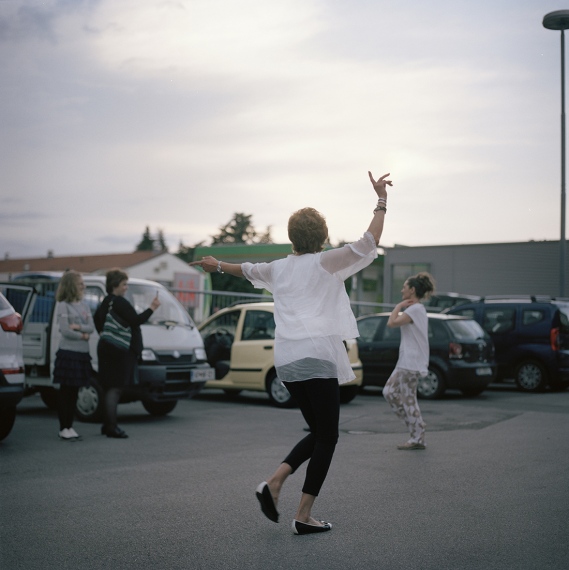-
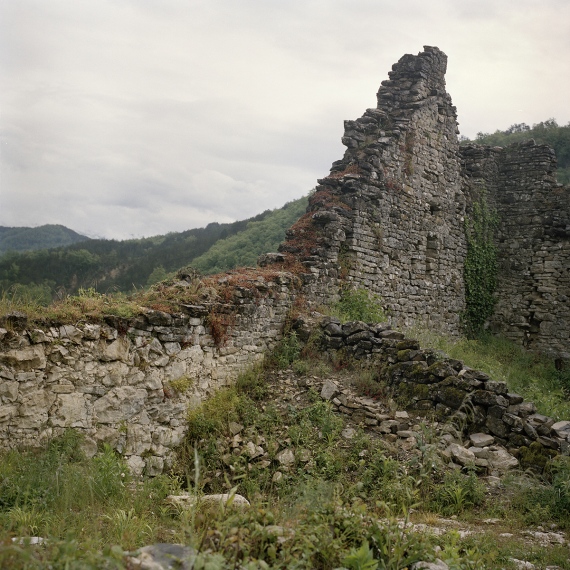
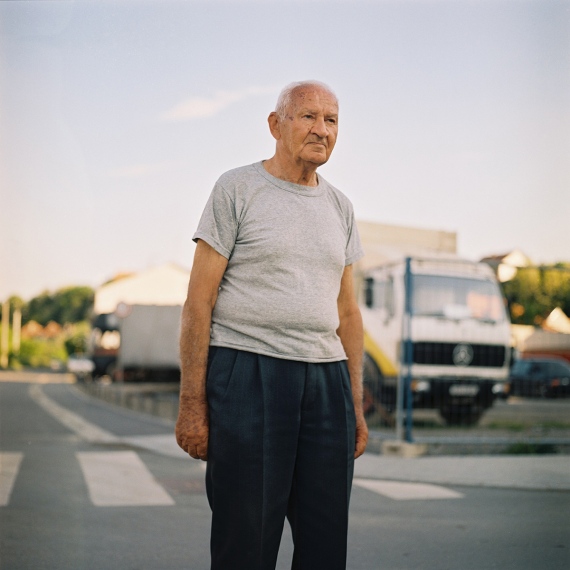
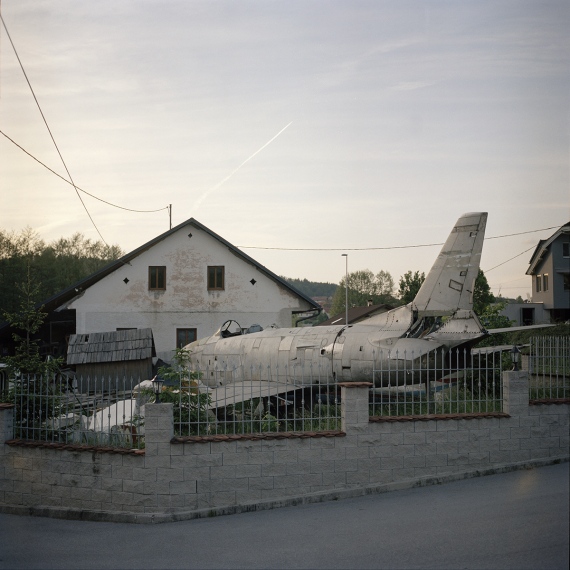
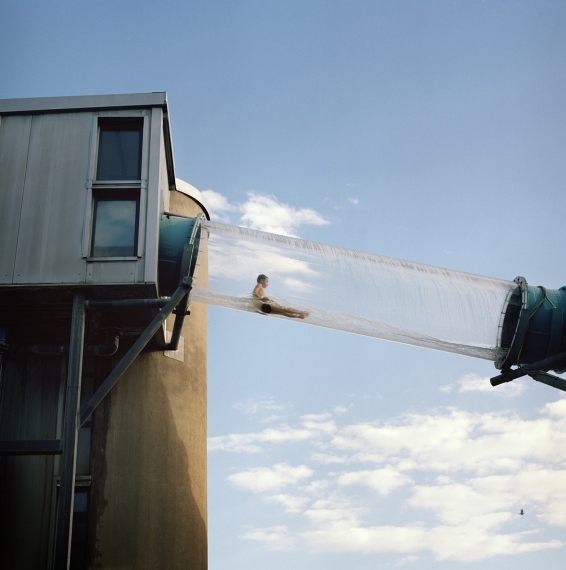

BLUR1 ongoing
Blur aims to apprehend and relay the complexity of everyday life in the countries surrounding the Adriatic – a region that throughout history has undergone pronounced changes, with a belligerent distant past that encompasses the world wars in the twentieth century and the latest war in Europe.
Blur seeks to show how repeated changes of borders make them diffuse – they are defined politically, but they are not always real. In the eyes of those who do not belong there and are apart from that sharp sense of the Other rooted in the region by recent history, on both sides of the border one can see the similarities inherited in crossing throughout the years, the mixture of what became of each people in all that territory. The differences become skin-deep and artificial. Blur addresses this unconsciously shared identity (at least as far as cultural habits are concern), the confusion between political border and similarities between peoples, and the difficulty of establishing an identity that does not in some way belong to everyone.
Blur also addresses the uncertainty of the future – amongst the temptation of creating stricter borders, the resistance to difference, the emphasis on what separates people, and what works against a European ideal of unity that is now lost.
It is an emotional journey in a vulnerable shared territory, where different cultural, religious and political influences come together, combining and creating a universe as fascinating as contradictory – beautiful and repulsive, emotional and rational, safe and hostile. And you cannot look at this universe without thinking dually: on one hand, the issues that disrupt Europe, the refugees situation, the terrorist threat, and the political instability; on the other hand, the dispersed borders, the reconfiguration of territory, the identity issues, the war and the geographic and ethnic dispute that took place in the Balkans.
In this context, one wonders what actually defines closeness between people. In a global world, more connected and uniform, where the borders seemed be losing their relevance, where cultural and identity differences are becoming blurred, this territory is no exception.
The images seek to explore a humanized landscape where life seems to take place on the sidelines of problems Europe has dealt with recently, and to portrait an everyday life that is indifferent to the construction of physical barriers to cross long of territory, from Hungary to Slovenia, unaware of the suspension of the Schengen agreement. Although these events have taken place mainly in the last months or years and are historically recent, they do refer to the past. In this context, one wonders what actually defines closeness between people. In a global world, more connected and uniform, where the borders seemed be losing their relevance, where cultural and identity differences are becoming blurred, this territory is no exception. Although this is a region where some policies strive to resist cultural contamination and to support the idea of identity and difference, the human landscape is nonetheless becoming blended everywhere.
If in a first contact with a space that is culturally and geographically foreign we tend to focus on what is different. The images become sharper and they highlight a younger generation with different backgrounds, ethnicities and religions, a society that prepares its future in Europe. Some study or work, others have no occupation, but they all go through identical everyday lives and have similar life goals. They wear the same clothes, use the same smartphone models, listen to the same playlist, aspire to the same luxuries and the same amusements, and adopt recurring social behaviours. When we observe these Europeans, we tend to develop some identification, and our closeness and empathy increase as the similarities are revealed. It is clear that despite the distance there is more uniting them than there is separating them.
1Blur is a term adapted from the book Design and Crime (p. 17) by Hal Foster, who uses it to address the dilution of limits – of disciplines and currents – as one of the fundamental characteristics of the beginning of 21st century.
-
© Lara Jacinto lj@larajacinto.com
Built with Berta.me
